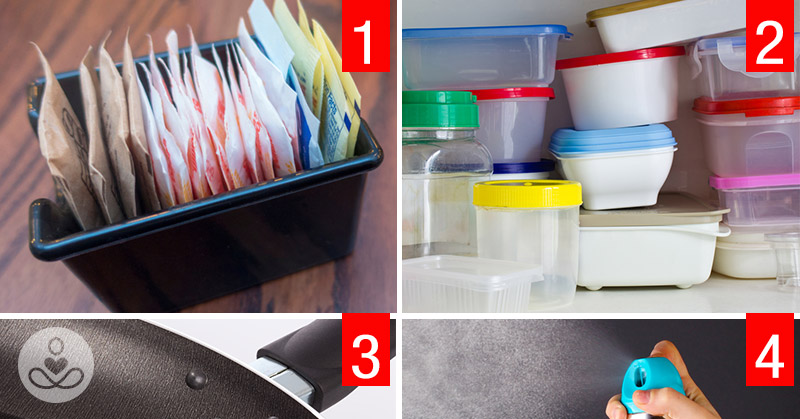Every day there seems to be new health or nutrition advice and quite often it conflicts with what we’ve already heard. This can be frustrating, but all we can do is try and cut through the chatter and do our best to keep ourselves healthy. We are exposed to a lot of harmful materials in our environment on a daily basis. Some of the causes of cancer and obesity are unhealthy diets, lifestyles, and certain elements we could almost never suspect. These two conditions lead to other health problems and a decrease in approximate lifespan, cancer being the more drastic of the two.
Read: The 10 Most Toxic Items At Dollar Stores
Wolves in sheep’s clothing

There are various of items and materials that are common in our homes which can lead to these health problems. You’d probably never guess they’re the reason why your health is deteriorating because most of them are just ‘normal stuff.’ This article will be long if we begin to discuss them all. On that note, below are seven of the most notorious culprits to toss out of your home for healthy living.
Artificial Sweeteners
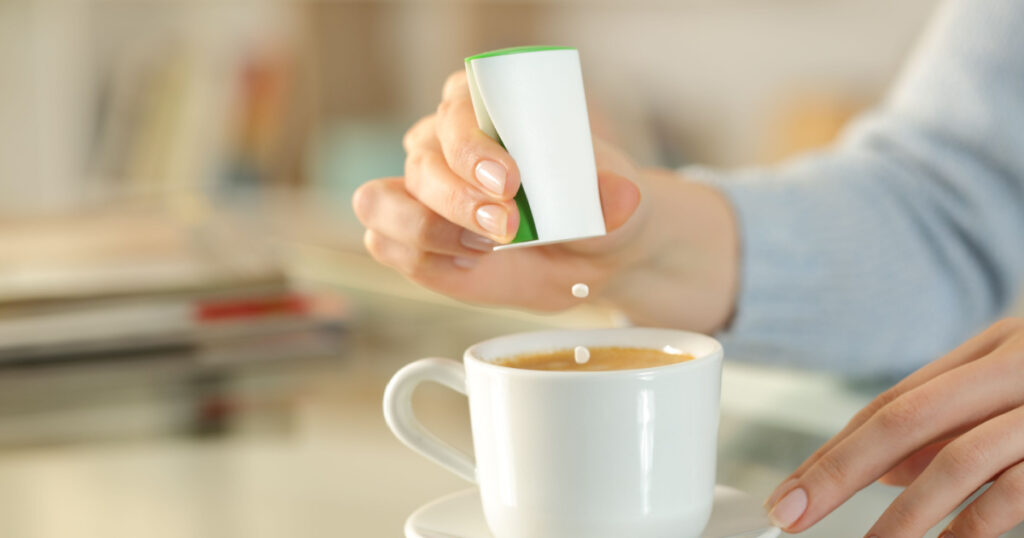
Many scientists argue that artificial sweeteners do not qualify as carcinogens – materials that cause cancer – from test experiments, but there are others that do not agree. A lot of people prefer these sweeteners to real sugar, but this could cause more harm than good. Splenda, a common everyday sweetener is possibly carcinogenic. An experiment was carried out on this sweetener, where several mice were flooded with varying quantities of it. The result showed that cancerous tumors were developed, mostly in the male mice. Artificial sweeteners, most especially aspartame, sucralose(Splenda) and Acesulfame-K, trick your body into storing fat due to their lack of calories for energy, which can cause obesity and diabetes. Your body begins to adapt to this process, and it can lead to severe glucose intolerance at a later stage, thereby making them one-up candidates for the trash can.
Plastic food containers and bottles
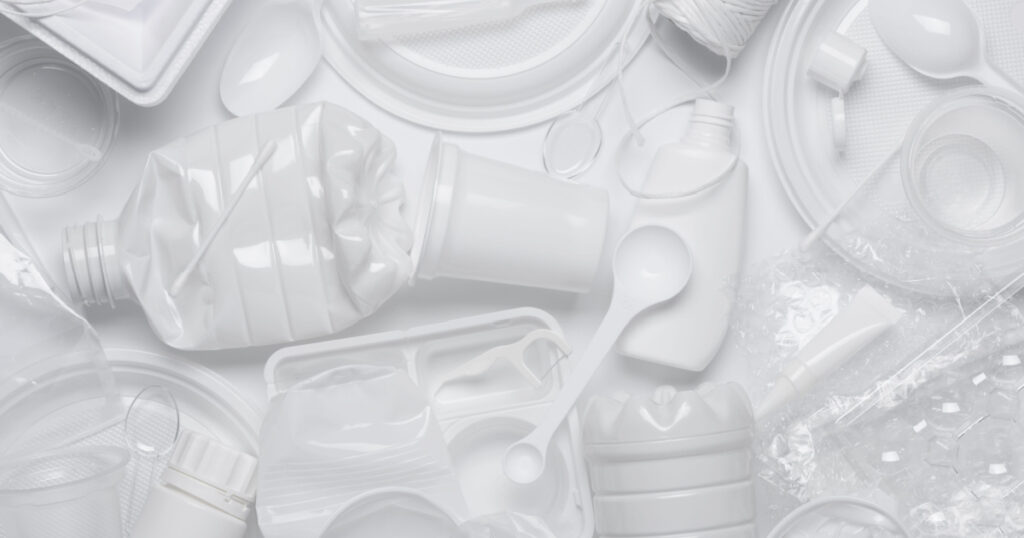
Plastics often contain toxic chemicals that are not safe for the human body. The application of heat, either by microwaving or hot fluids to plastic materials causes them to melt, thereby releasing these chemicals into our food and drinks. Plasticware has been proven to cause a pronounced decline in reproductive functions, especially in males. They are also significant culprits of thyroid, breast and prostate cancer. Bisphenol A (BPA) and Bisphenol S (BPS), are two chemicals found in plastics that have been shown to disrupt the normal function of the endocrine system, which can seriously affect your metabolic functions. People feel that using BPA and BPS-free plastics will be a safer bet, but it’s better to switch to glass and ceramic ware completely.
Read: 5 Food And Drink Items Airline Employees Avoid On Planes
Non-stick cookware
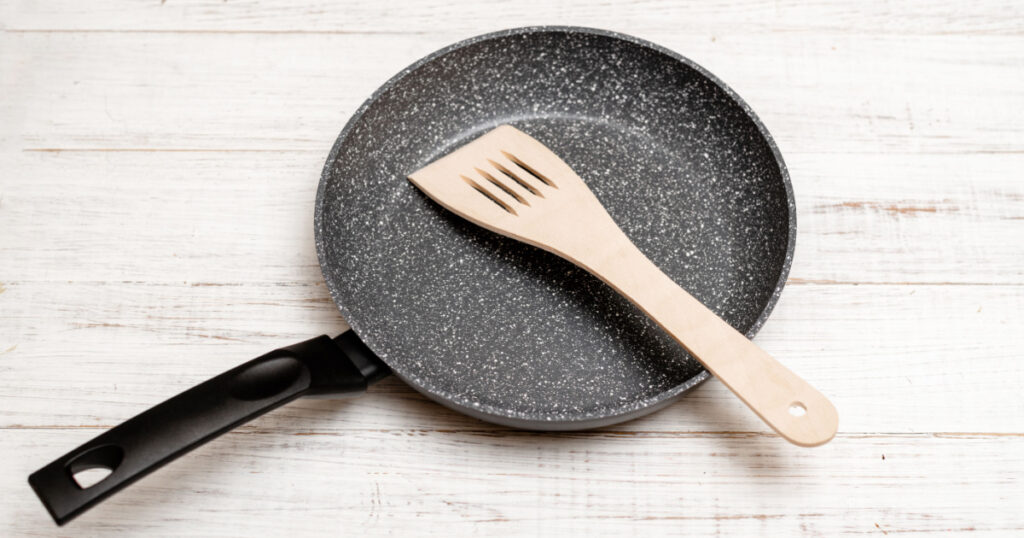
The US Environmental Protection Agency has labeled perfluorooctanoic acid (PFOA) a likely carcinogen, no thanks to its dependence on fluoride for its non-stick properties. When heat is applied to these materials, toxic fumes are produced including fluoride gas which vaporizes into the air and can be harmful to our health. Non-stick cookware can be replaced with glass or ceramicware for safety to be ensured.
Air Fresheners

Air fresheners contain various organic compounds, especially 2, 5-dichlorophenol which has been linked to multiple forms of cancer, particularly cancer of the lungs. They also disrupt pituitary and endocrine functions. Young children can attain puberty much earlier than usual due to frequent inhalation of these chemicals. Hypertension and metabolic issues can also arise, so it’s just best to ventilate your room or space as frequently as you can. You can also try to eliminate the cause of unpleasant smells rather than using fresheners to mask them. If you must freshen the air, then use oils and natural scents.
Antibacterial soaps and detergents
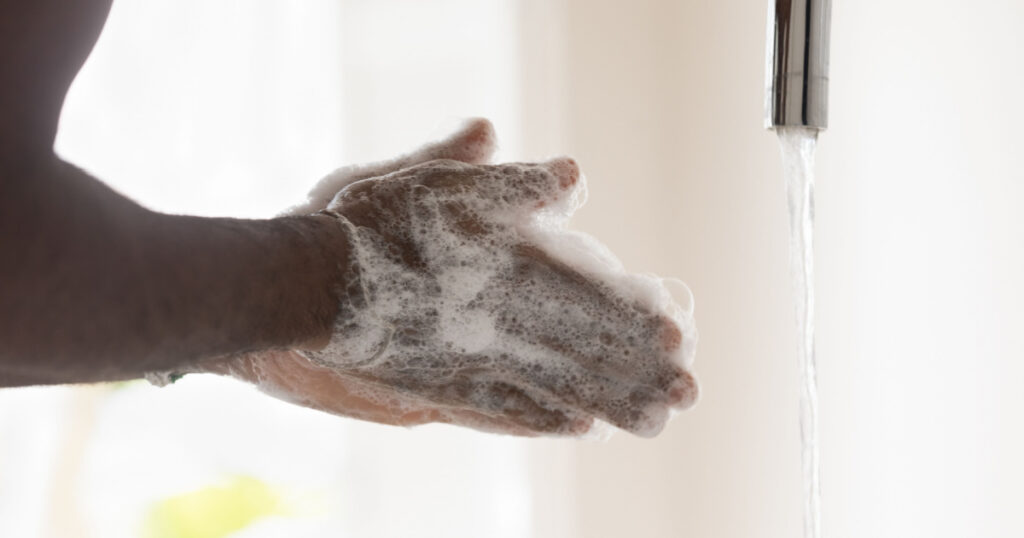
The US Food and Drug Administration advises people to simply use soap and warm water for personal hygiene. This is because many anti-bacterial compounds, like triclosan cause more harm than good. Triscolan and other antibiotics have been shown to contribute to antibiotic resistance. It has also been linked to poor fetal development in pregnant women, skin cancer, inflammatory rashes, obesity, and thyroid dysfunction. Hydrogen peroxide and vinegar have proven to be effective in killing tough bacterial germs, so they’re a much better replacement to anti-bacterial detergents and bleach.
Read: There’s Proof That Clutter Causes Anxiety; Try Removing These 20 Items To Support Your Mood
Commercial cleaning products
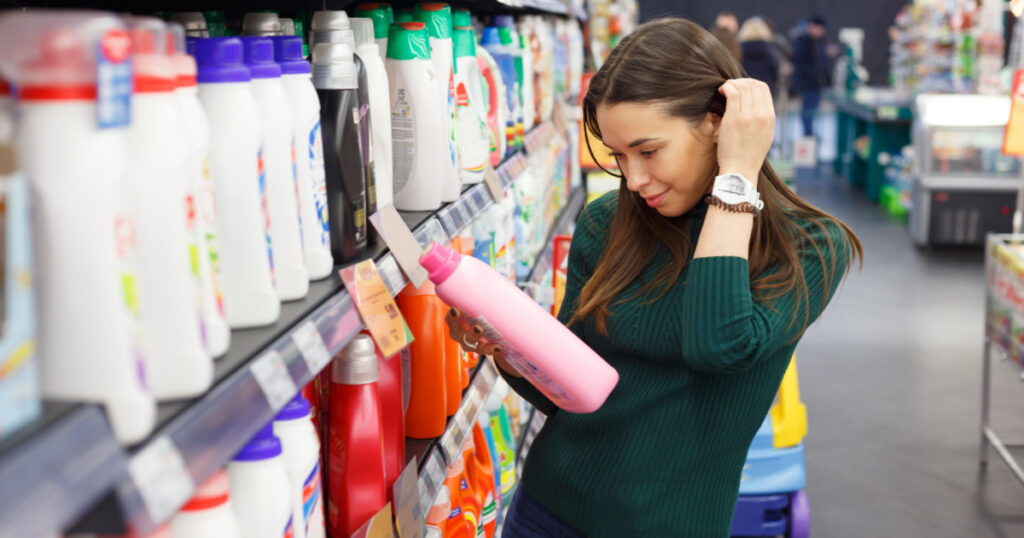
A surprising amount of commercial cleaning products we grab off the shelves are nothing more than cleverly marketed solutions, often containing carcinogenic compounds such as phthalates and perchloroethylene. They contain various chemicals that are not only harsh on our skin and lungs, but they’re also detrimental to our general well-being. They can be replaced by a ton of natural cleaning items that do the work just as nicely. These include vinegar, baking soda, lemon juice, castile soap, tea tree oil, castor oil, and several more. They can be used to scrub floors, windows, toilets, counters, tubs, and for laundry.
Personal care products
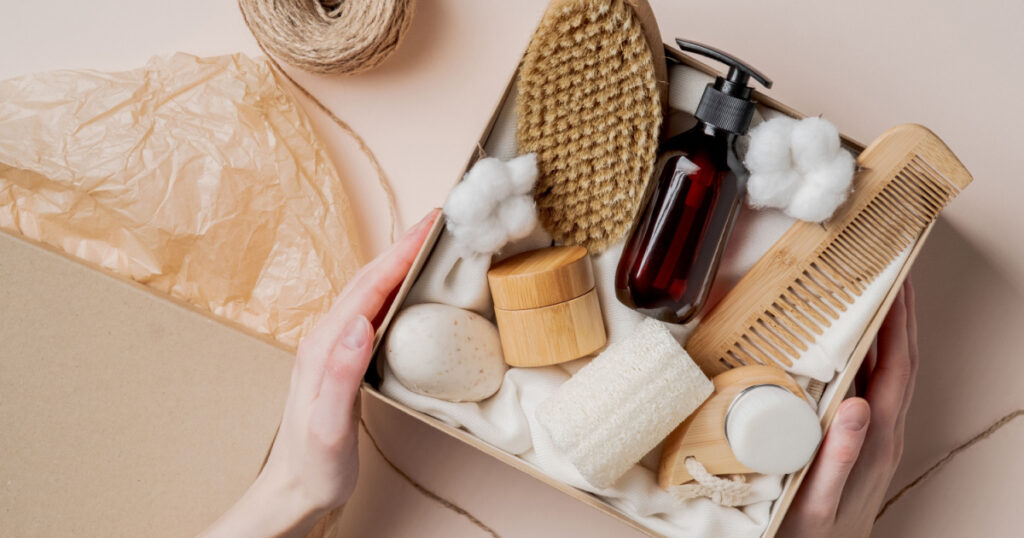
These are some of the fastest mediums for the absorption of unhealthy chemicals. The skin is the largest and outermost organ, and dangerous chemicals from creams, cleansers, lotions, and make-up do it a ton of harm. Environmental Defence tested and found several make-up products to contain metallic compounds in them, such as lead, beryllium, thallium, cadmium and arsenic, all very dangerous to the skin. Everyone must learn to screen products thoroughly before purchasing. You should clean out these dangerous products from your kit, and switch to organic products and natural essential oils.
Keep Reading: 13 Uses for Salt around the Home
Are you using New Roots Herbal N-Acetylcysteine (NAC). NAC helps replenish glutathione, arguably your body’s most powerful antioxidant. NAC helps detoxify your body and can treat acetaminophen overdoses to prevent or reduce kidney and liver damage. By helping replenish the antioxidant glutathione and regulate glutamate, NAC has the potential to treat conditions such as Alzheimer’s disease and Parkinson’s disease. NAC can reduce oxidative damage to your heart, which can, in turn, decrease your risk of heart disease. Get your 30 day supply at The Health Shop for $52.72 while supplies last!
Sources
- Padovani M. et al. 2016, January 29. Sucralose administered in feed, beginning prenatally through lifespan, induces hematopoietic neoplasias in male swiss mice. Retrieved from https://www.tandfonline.com/doi/abs/10.1080/10773525.2015.1106075?journalcode=yjoh20#.vvf_ixdqitk
- Admin. (2016). Top Five side effects of BPA and how to avoid it. Retrieved fromhttps://shopkablo.com/blogs/the-reformist/dangerous-side-effects-of-bpa-plastic
- 2017, November. Technical facts sheet – PFOS and PFOA. Retrieved from https://www.epa.gov/sites/production/files/2017-12/documents/ffrrofactsheet_contaminants_pfos_pfoa_11-20-17_508_0.pdf
- Admin. 2003, May 15. Canaries in the kitchen: Teflon offgas study. Retrieved from https://www.ewg.org/research/canaries-kitchen/teflon-offgas-studies
- Admin. 2004, September 16. 2, 5-Dichlorophenol. Retrieved from https://pubchem.ncbi.nlm.nih.gov/compound/2_5-dichlorophenol
- Admin. 2017, November 17. Precocious puberty. Retrieved from https://www.mayoclinic.org/diseases-conditions/precocious-puberty/symptoms-causes/syc-20351811
- Admin. 2017, December 19. Five things to know about triclosan. Retrieved from https://www.fda.gov/ForConsumers/ConsumerUpdates/ucm205999.html
- Jesse Sholl. 2011, October. 8 hidden toxins: What’s lurking in your cleaning products? Retrieved from https://experiencelife.com/article/8-hidden-toxins-whats-lurking-in-your-cleaning-products/
- QMI Agency. 2011, May 26. Heavy metal found in make-up: Report. Retrieved from https://environmentaldefence.ca/2011/05/26/heavy-metals-found-in-makeup-report/
Disclaimer: This information is not intended to be a substitute for professional medical advice, diagnosis or treatment and is for information only. Always seek the advice of your physician or another qualified health provider with any questions about your medical condition and/or current medication. Do not disregard professional medical advice or delay seeking advice or treatment because of something you have read here.
Editors Note: This site contains product affiliate links. We may receive a commission if you make a purchase after clicking on one of these links.
This article was originally published on January 9th, 2019, and has not been updated.
